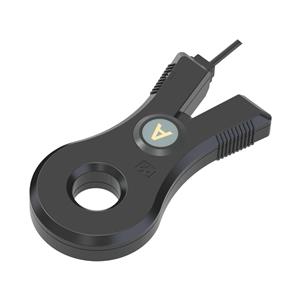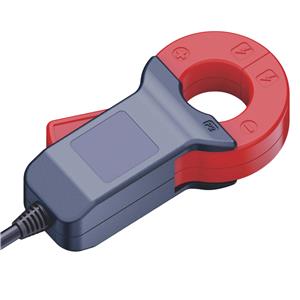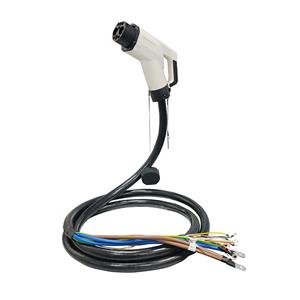-
2809-2023
Technological Prospects of Precision Shunt Resistors
Precision shunt resistors play a crucial role in electrical circuits by accurately measuring current flow and enabling precise current sensing applications. Over the years, advancements in technology have led to the development of innovative precision shunt resistors, offering improved performance, enhanced accuracy, and expanded applications. In this technical document, we will explore the promising technological prospects of precision shunt resistors.
-
2901-2024
Advantages of Precision Shunt Resistors
Highlighting the advantages of using precision shunt resistors, such as their high accuracy, low temperature coefficient, excellent stability, and ability to handle high power dissipation.
-
2401-2024
Comparing Precision Shunt Resistors with Other Current Measurement Techniques
Comparing Precision Shunt Resistors with Other Current Measurement Techniques: Comparing precision shunt resistors with alternative current measurement techniques, such as Hall effect sensors and current transformers, discussing the advantages and limitations of each method.
-
2101-2024
Future Trends in Precision Shunt Resistors
Future Trends in Precision Shunt Resistors: Exploring emerging trends and advancements in precision shunt resistors, such as the miniaturization of components, the integration of temperature compensation techniques, and the development of higher power handling capabilities.
-
2001-2024
Types of Precision Shunt Resistors
In summary, precision shunt resistors play a vital role in accurate current measurement and control. Metal foil resistors, thin film resistors, and wirewound resistors are three primary types available in the market, each with its unique features and applications. Metal foil resistors are known for their stability and precision, thin film resistors for their low noise and linearity, and wirewound resistors for their high power handling capabilities. Selecting the most suitable type depends on the specific requirements of the application, such as accuracy, stability, power dissipation, and temperature coefficients.
-
1706-2023
250 uΩ meter shunt
In the power measurement field, the meter shunt is one of the most commonly used applications for the 250 uΩ fuse resistor. In this case, the fuse resistor is placed in the circuit so that the fuse lead of the current divider can be directly connected to the circuit, making it easy for the current divider to read the current data in the circuit. In addition, in some cases where high-precision current measurement is required, the fuse resistor can also be used to protect fragile ammeters by isolating the high-voltage part from the low-voltage part, thereby reducing the noise and interference in the circuit.
-
2206-2023
How to package and ship our shunt products
Quality control is an important part of our packaging and shipping process. We carefully check each shunt product before packaging to ensure that it meets our strict quality standards. During shipping, we track each shipment and provide regular updates to our customers regarding the status and expected delivery date.
-
2006-2023
How shunts are produced
Shunts are typically made from materials with low resistance, high conductivity, and good stability over time. The most common material used for shunts is manganese-copper (MnCu) alloy, but other materials such as nickel-chromium (NiCr) and copper-nickel (CuNi) alloys are also used depending on the requirements of the application.
-
3105-2023
Will Musk's rockets use smd resistors?
SMD resistor, from now on, it will be a variety of electronic equipment indispensable element. With the continuous development of technology, the future application scenarios of SMD resistor will be expanded. We can see applications in smartphones, computers, smart homes, cars, medical devices and more.
-
2104-2023
A measurement method for parallel resistance of solar cells
A measurement method for parallel resistance of solar cells 1. The larger the series resistance is, the more the short circuit current drops, and the more the filling factor will accordingly; The smaller the shunt resistance, the greater the current, the more the open circuit voltage drops, and the more the fill factor drops.




